Subtleties of installation of larch decking
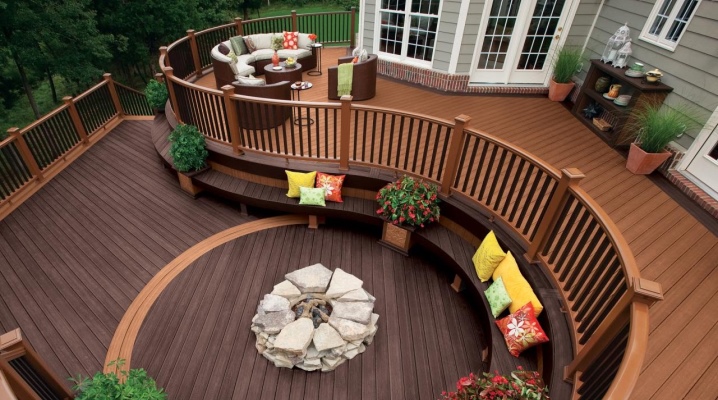
Lumber with water-repellent properties is called a deck board; it is used in rooms where the humidity is high, as well as in open areas. It is not difficult to mount such a board, even a novice master can do it with his own hands without significant expenditure of effort and money. A large number of types of decking boards are sold on the Russian market, the most popular of which is thermally processed larch boards. This coating also includes a wood-polymer composite.
The properties of larch allow it to cope with the negative effects of the environment, therefore it is most advisable to use it in an open area. Larch is a dense, water-repellent material, resistant to fungus and mold. It acquires such properties due to the presence in the composition of such an element as gum - it is nothing more than a natural resin. According to its characteristics, larch can be compared with expensive exotic species of wood, however, here larch also has an advantage - it is affordable and much more budgetary.
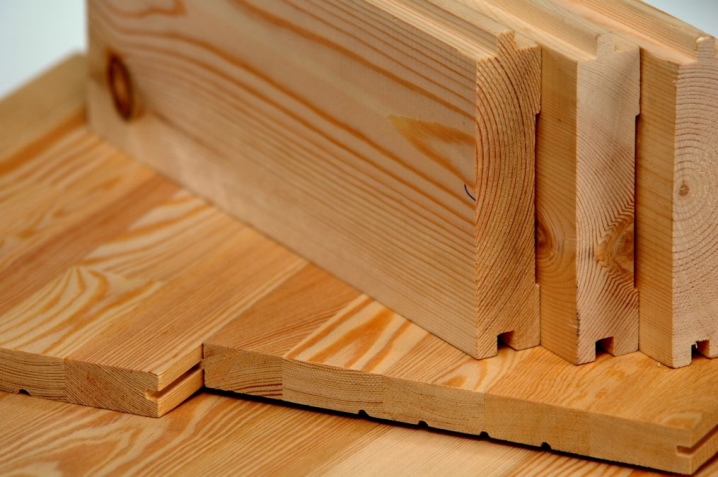
How to choose fasteners
There are several types of fasteners for decking.
- Open - the most simple and common. For an open method, either nails or self-tapping screws are needed.
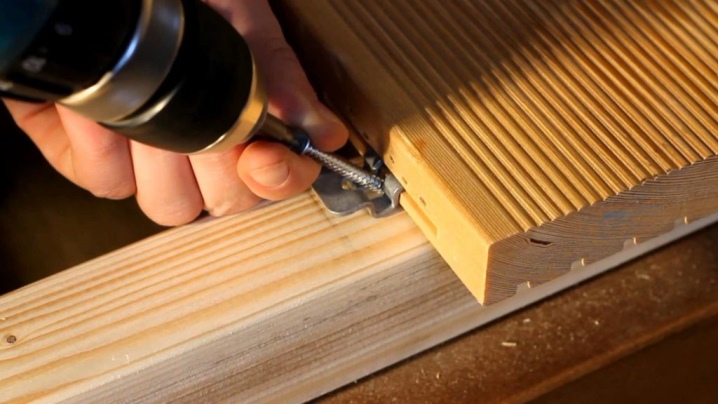
- Hidden - as the name suggests, it cannot be seen with the naked eye. Fastening is made between the boards using special spikes.
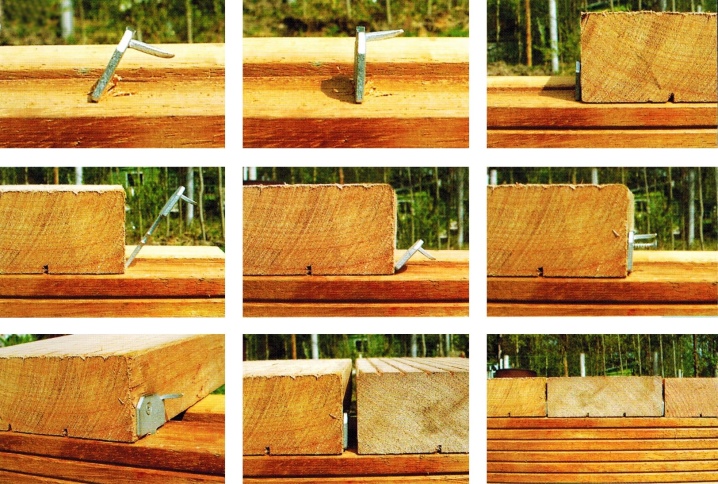
- By means of fastening according to the "thorn-groove" system boards are fixed with special screws. This is the most subtle of all methods.
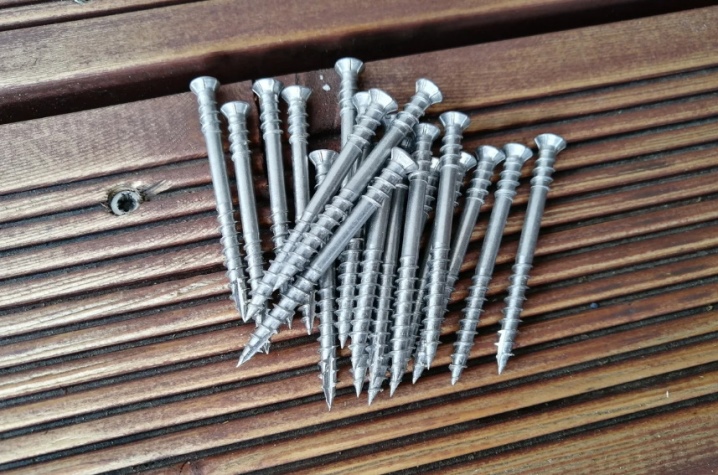
- It is also possible to fix the terrace board not from the outside, but from the inside., then the mounts will not be visible from the outside at all.
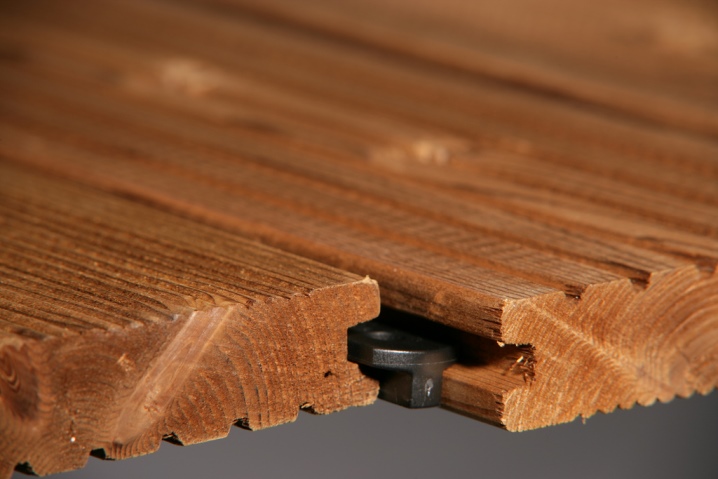
Whichever type is chosen, the fasteners must be treated with a corrosion-resistant coating, otherwise they will quickly become unusable. If a hidden method is used, then the Classic or Twin system will do.
It should be noted that the fastening in a hidden way is more expensive, but it looks more aesthetically pleasing, since the coating looks like a single whole, without any fasteners.
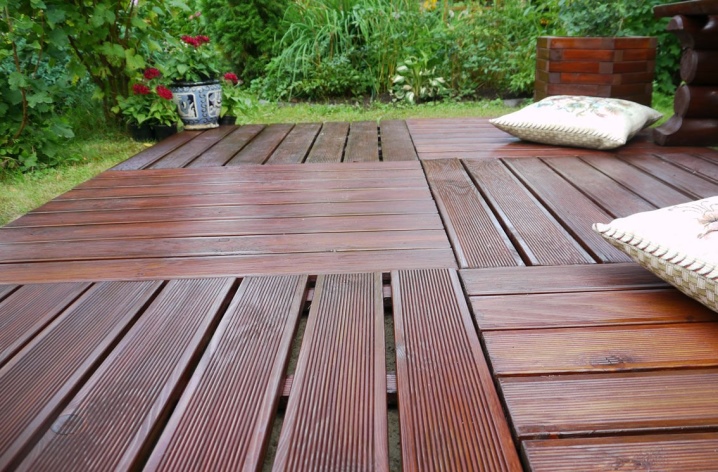
What is required
For any of the mounting methods, you will need the following tools:
- drill / screwdriver;
- screws, nails or screws;
- level - laser or construction;
- screwdrivers in a set;
- simple pencil;
- a measuring device (most often in the form of a tape measure);
- saw.
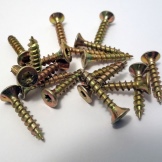
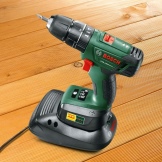
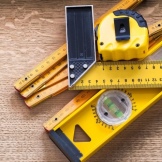
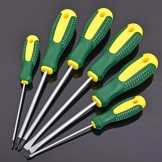
Step-by-step instruction
It is not so easy and not at all quick to mount a terrace board and make a flooring, but if you wish, you can lay it yourself, even if the person does not have professional skills. First, the supports are prepared, on which the board will be laid. This must be done according to the rules, without violating the technology. Otherwise, the flooring will not be durable. Further - the turn of the lathing, after which the flooring is laid out, securing each board. After the laying of the board is completed, the finished flooring must be covered with protective compounds - enamel, varnish, wax or paint.
Preparation
Before starting the installation, you need to wait some time to adapt the boards to the operating conditions.
This stage cannot be skipped, otherwise there is a possibility of the formation of cracks in the canvas.
The adaptation consists in leaving the board for a period of two days to two to three weeks in an open space. It should not be packed, but it should not be exposed to precipitation either.Therefore, it is better to leave the boards under a canopy, which will protect them from moisture, while the temperature conditions will be those in which further operation is planned.
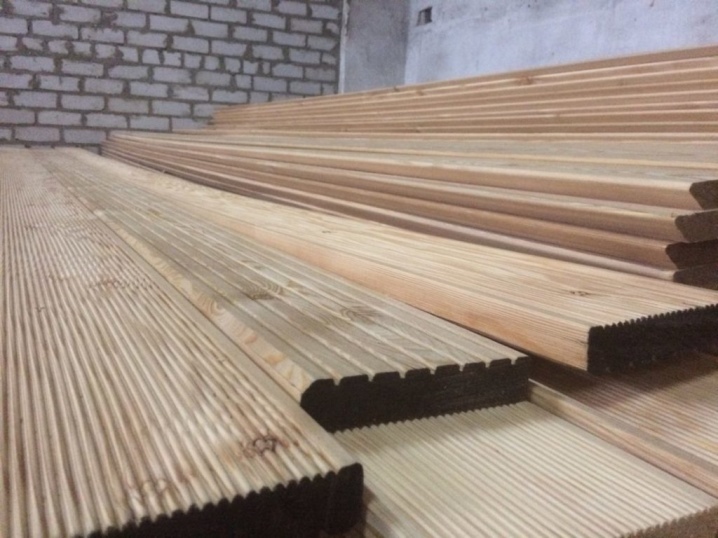
In the process of adaptation of the boards, some part of them may be deformed, curved. If the tree is natural, it is natural. Curved parts can be used as inserts and extensions. But if the deformation has affected half or more of the boards, then they must be returned to the seller as a defect. Such a total curvature of the lumber means only one thing - that it was poorly or improperly dried, moisture remained inside.
Therefore, when purchasing wood, it is imperative to pay attention to the conditions in which it was stored, to its appearance. Before laying the boards, it is necessary to treat them with an antiseptic composition - both the upper part and the lower part, which will not be visible. The antiseptic plays an additional role - it fills the empty pores of the tree, that is, moisture can no longer get into these pores.
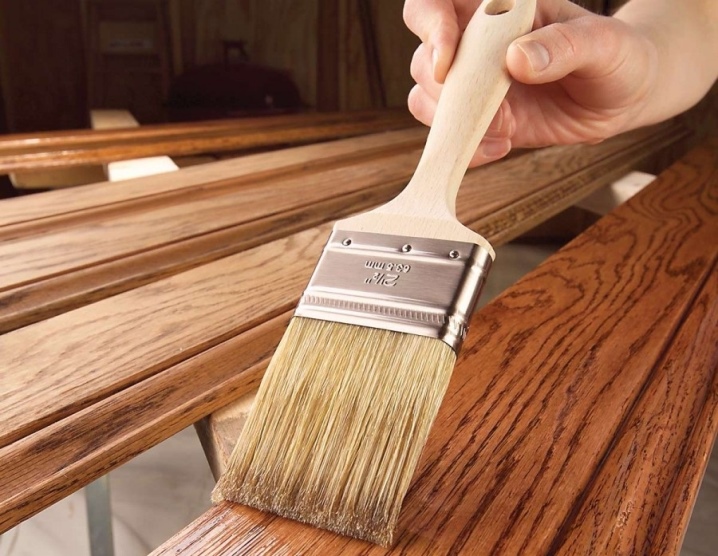
If the board will be laid outside the house, you need to take care of the foundation. A vibrating plate is best suited for arranging it, it compresses the ground perfectly. Next, a cushion of gravel and sand is poured onto the leveled ground, after which repeated compaction is applied. A reinforced mesh is laid on the pillow, a concrete foundation is poured.
This is not the only option for the foundation, it can also be made of slabs on support logs, columnar or held on screw piles.
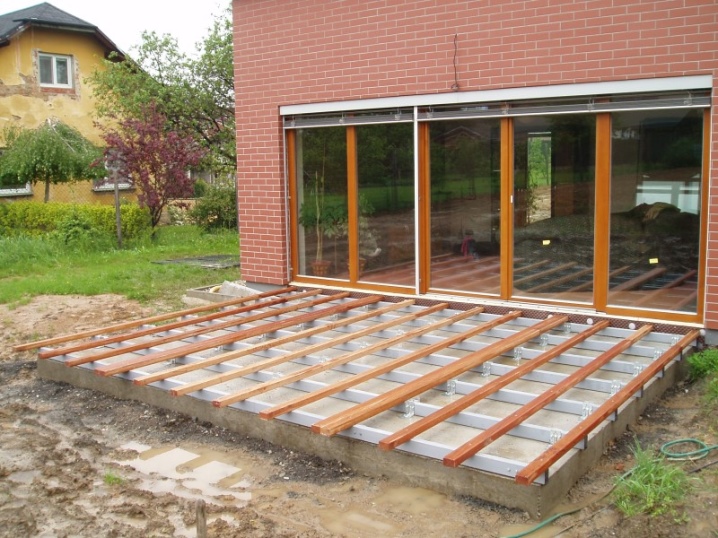
To avoid the accumulation of moisture on the terrace, the board should be laid at a slight angle. Special plastic structures will help with this.

Lags
The laying of the lags depends on the location of the decking. Regardless of how the joists are installed, they must always be firmly fixed to fasteners made of non-corrosive material, aluminum or galvanized steel. There are several rules for how to properly lay and fasten the logs:
- Open ground should not come into contact with logs, even those with a protective coating.
- The thickness of the beam directly depends on the load on the flooring. The more load it must withstand, the thicker each beam must be.
- The optimal step width between two logs is 6 cm.
- Steel corners are the best material for holding two beams together.
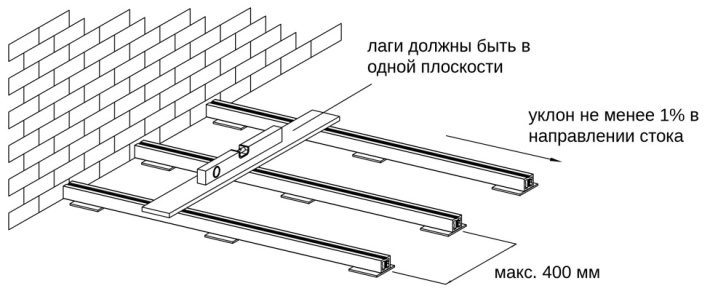
If the larch planks are laid in parallel, then the distance between the logs should be 0.5 m. If the laying angle is 45 degrees, then the distance narrows to 0.3 m, and if the angle is 30 degrees, then the step between the logs will be 0.2 m.If not a board, but a terrace tile is used for laying, then the logs are located at the width of the tile ...
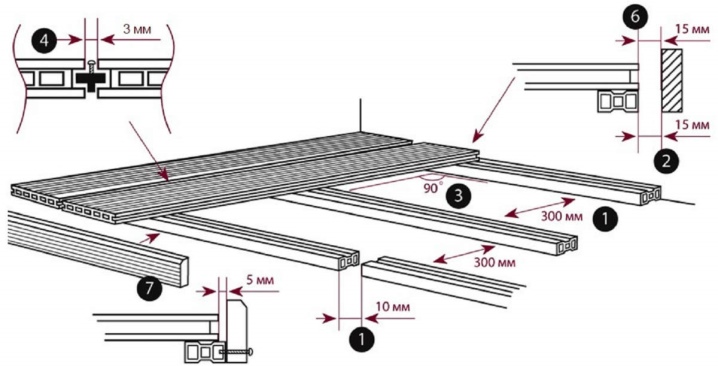
When the installation of the structure on the ground begins, you need to arrange a kind of two-tier frame. The base tier consists of beams that are laid on a structure of slabs, blocks or adjustable supports. The step will be from 1 to 2 meters. The hydro level will help level the tier.
The second tier will be the terrace itself, or rather, its logs. They are laid across the guides of the first tier, the step will be 0.4-0.6 m. The step width depends on the thickness of the terrace boards. The elements are fastened thanks to steel corners and self-tapping screws.
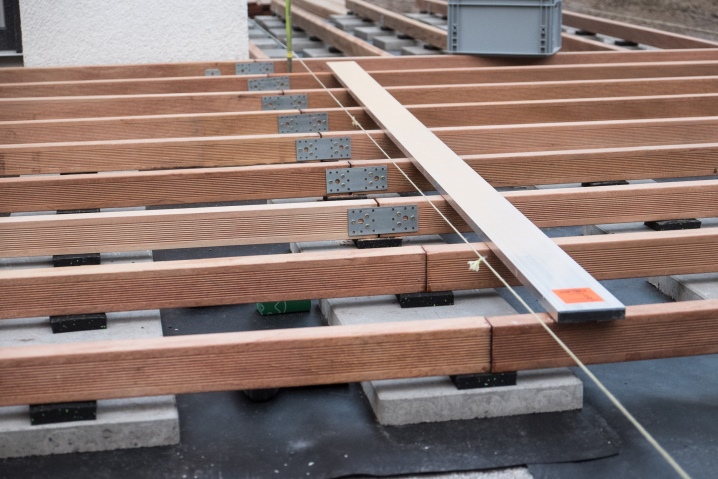
If the terrace is laid on a base of concrete slabs or asphalt, then it can also consist of one tier and underlay supports. The joints of the ends of the lamellas should be reinforced with two lags, laid in parallel. The gap between them should not be large - a maximum of 2 cm. This way you can strengthen the joint and at the same time provide support for each board.

To avoid constantly checking the evenness of the flooring, a colored thread can be pulled through the edge of the shims.
In each opening between the logs, you need to put a transverse bar - a crossbar. This will make the frame more rigid. You can fix the structure with steel corners and self-tapping screws.
Which installation scheme to choose depends on what elements the structure will be fastened with. However, all the schemes have something in common - first the first bar is laid out, before that, the starting fastener is fixed on the lag, then the lamella is installed, after which it must be coupled either with the clamp or with the clip. Then other elements are installed on the frame, a new board is laid out, the entire structure is fixed.
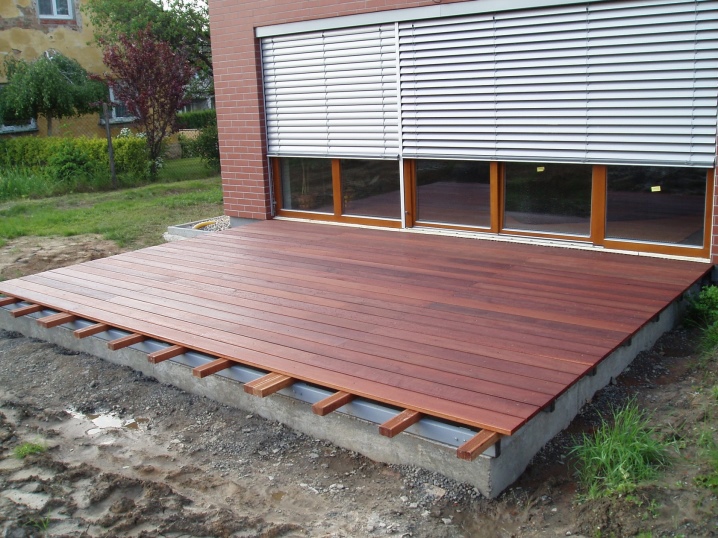
Coating
When the installation of the terrace from the boards is over, it is recommended to treat it with a protective compound - grout or paint. If an elite variety of larch was used, then wax or colorless varnish will do. The coating must be water-repellent and abrasion-resistant, i.e. not rubbed off by friction - sweeping, furniture movement, washing, etc.

It is better to dwell on frost-resistant compounds - oils, waxes, even enamels.
Such a coating withstands temperature drops well to the lowest. It is recommended to choose manufacturers with an excellent reputation, who have long established themselves in the paint and varnish market. Then the coating will be durable and retain its attractive appearance.
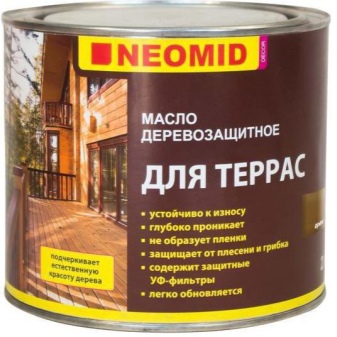
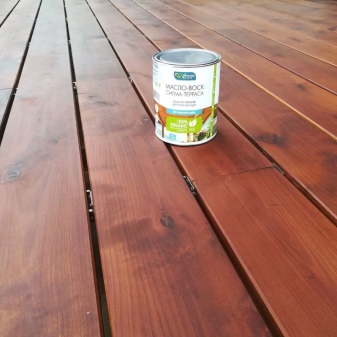
Protection from external factors
The best protection from precipitation and ultraviolet radiation for the terrace will be a canopy. It is thanks to the presence of the roof that the floor will not get wet, be exposed to direct sunlight and snow. Protective coating alone is not enough, even the highest quality. If the flooring is covered with paint, you need to carefully check it for chips - not every day, of course, but regularly - for example, every 3-4 months. If a chip appears, it is necessary to cover the unprotected place with paint so that the coating is continuous, uniform, without bald spots. Not always one coat of paint or enamel is enough; double coating gives an even color and high-quality protection.
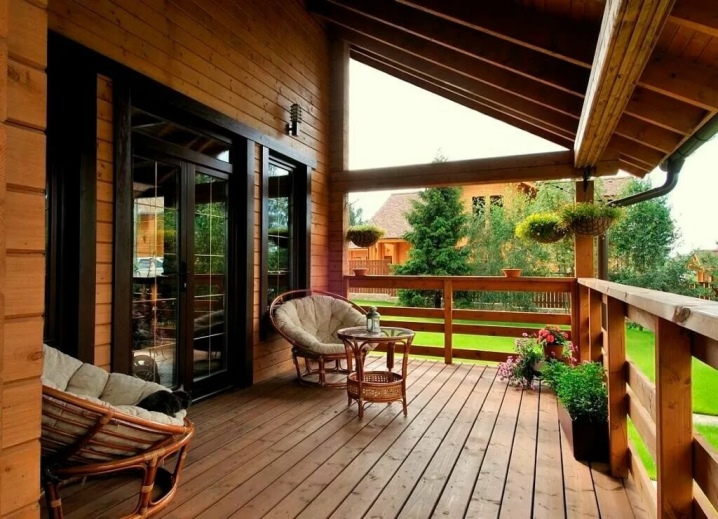
You can see a detailed overview of the various methods of mounting a larch decking board in the following video.













The comment was sent successfully.